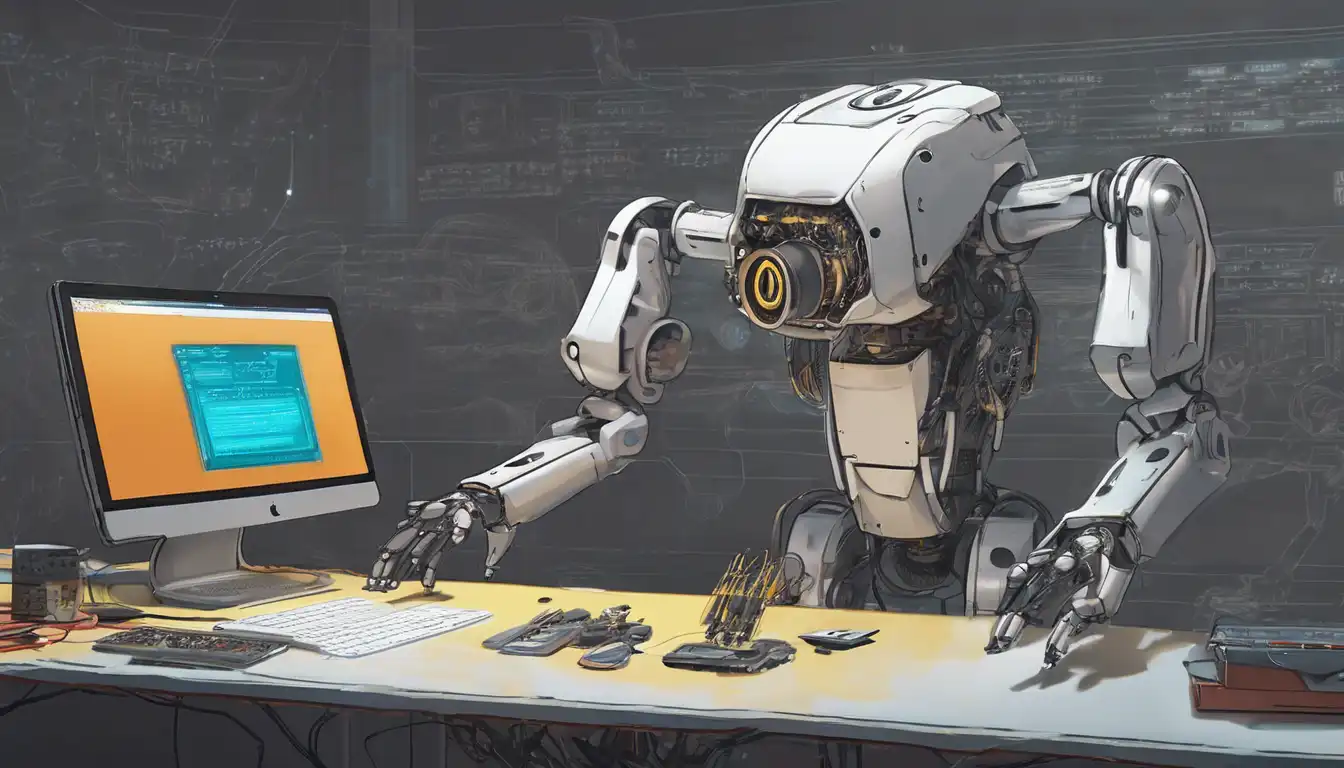Introduction to Robotics Programming
Robotics programming is an exciting field that combines the creativity of designing robots with the technical challenge of programming them to perform tasks. Whether you're a hobbyist looking to build your first robot or a student aiming to enter the field of robotics, this guide will provide you with the foundational knowledge you need to get started.
Understanding the Basics of Robotics
Before diving into programming, it's essential to understand what robotics entails. Robotics is the branch of technology that deals with the design, construction, operation, and application of robots. Robots are programmable machines capable of carrying out a series of actions autonomously or semi-autonomously.
Choosing the Right Programming Language
There are several programming languages used in robotics, each with its strengths. Python is popular for beginners due to its simplicity and readability. C++ is favored for performance-critical applications. Other languages like Java and ROS (Robot Operating System) are also widely used in the robotics community.
- Python: Great for beginners and prototyping.
- C++: Ideal for performance-intensive tasks.
- Java: Used in some high-level robotics applications.
- ROS: A middleware that provides services designed for heterogeneous robot clusters.
Setting Up Your Development Environment
To start programming robots, you'll need to set up a development environment. This includes installing the necessary software tools and libraries. For Python, this might mean installing Python itself along with libraries like NumPy and OpenCV. For C++, you might need an IDE like Eclipse or Qt Creator.
Your First Robotics Project
A great way to learn is by doing. Start with a simple project, such as programming a robot to move in a square pattern. This will help you understand the basics of robot kinematics and control systems. As you become more comfortable, you can move on to more complex projects involving sensors and machine learning.
Resources for Learning More
There are countless resources available for aspiring robotics programmers. Online platforms like Coursera and Udemy offer courses in robotics and programming. Books such as "Programming Robots with ROS" provide in-depth knowledge. Don't forget to join robotics communities online to connect with other enthusiasts and experts.
Robotics programming is a journey of continuous learning. By starting with the basics and gradually tackling more complex projects, you'll develop the skills needed to create innovative robotic solutions. Remember, the key to success in robotics programming is persistence and curiosity.
